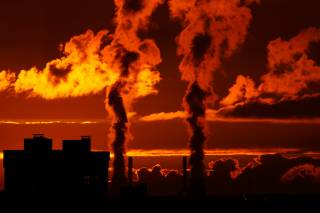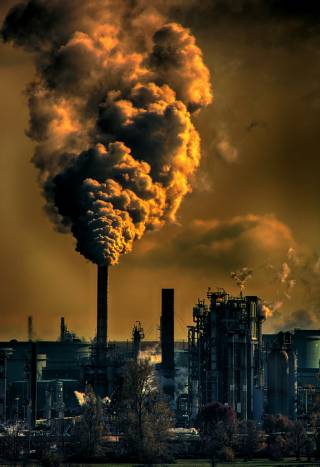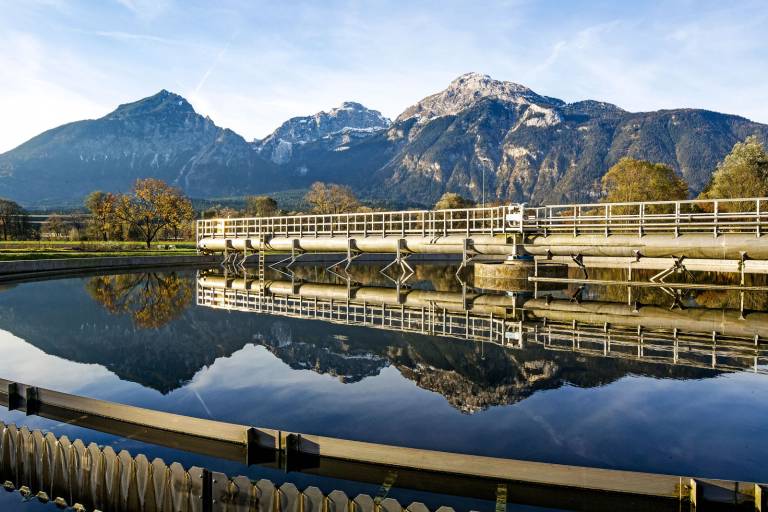
Introduction:
Air pollution is a silent and formidable enemy which has a huge impact on our environment and the health of our lives. There are some unseen damages, which are caused by air pollution such as health problems. In this blog, we will discuss the complex consequences of air pollution on human health and the environment, and how this silent scourge is affecting our society.
Effects on Human Health:
- respiratory diseases: Breathing the air which in most times is filled with harmful pollutants like PM increases the risk of developing respiratory illnesses. Chronic air pollution exposure has been linked to conditions such as asthma, bronchitis, and chronic obstructive pulmonary disease (COPD) and asthma is especially vulnerable to the detrimental effects of air pollutants. Air pollution can induce the acute exacerbation of COPD and the onset of asthma, increasing respiratory morbidity and mortality which have long-term effects.
- Cardiovascular Issues: Chronic exposure to air pollutants, particularly fine particulate matter (PM2.5), increases the likelihood of heart attack, stroke, and other cardiovascular diseases. These small particles can be taken in through inhalation and cause inflammation of the cardiovascular system, as well as the development of atheroma plaque in the blood vessels and arteries.
- Premature Death: The World Health Organization puts the estimate of premature deaths at about seven million per annum due to air pollution. The alarming figure includes respiratory diseases, cardiovascular diseases, lung cancer, and others caused by polluted air.
- Adverse Developmental Effects: Air pollution-exposed pregnant women are more likely to deliver prematurely and deliver low birth-weight infants. Also, polluted air could damage fetal development and cognitive performance in children, thereby reducing their lifetime potential.
Effects on the Environment:
- Climate Change: Greenhouse gases include CO2(Carbon dioxide) and CH4(Methane) among the many air pollutants contributing to global warming. They are called greenhouse gas emissions, and they trap heat in the atmosphere causing climate change, and consequently, rising temperatures, changed weather patterns and increased natural disasters.
- Ozone Layer Depletion: One example is air pollutants like Chlorofluorocarbons (CFCs) and hydrochlorofluorocarbons (HCFCs), which are used as refrigerants, are examples of pollutants that only come from human activity that deplete the earth’s ozone layer. The thinning layer allows harmful UV radiation to reach Earth, which increases skin cancer risks, eye damage, and marine ecosystem damage.

- Acid Rain: Industries and vehicular pollutants like SO2 and NOx can react with the moisture in the atmosphere to give acid rain. In our ecosystems, acid rain damages crops, forests, and aquatic life and corrodes our infrastructure.
- Biodiversity Loss: Air pollution deteriorates natural habitats and affects plant and animal species. Plants exposed to air pollution may suffer stunted growth or a decline in productivity. Air pollution can also affect animals’ respiratory systems, reproductive problems, and behaviour. The impacts may disturb the biotic balance and lead to biodiversity loss.
Conclusion:
Air pollution threatens human life and the environment, thus requiring immediate response and attention. As citizens, we can participate by opting for cleaner solutions, campaigning for sustainable transport, and insisting on tougher emission laws. They also include governments and industries. Addressing air pollution comprehensively will provide a healthier, greener future.
References:
- United States Environmental Protection Agency. Control strategies for air pollution. Available at: https://www.epa.gov/air-pollution-control-programs/control-strategies-air-pollution
- European Environment Agency. Air pollution control. Available at: https://www.eea.europa.eu/themes/air/air-pollution-control
- With a focus on protecting and conserving the environment, the Indian Ministry of Environment, Forests, and Climate Change ensures sustainable development practices are followed throughout the country. National Clean Air Programme (NCAP). Available at: http://www.moef.nic.in/division/central-pollution-control-board





